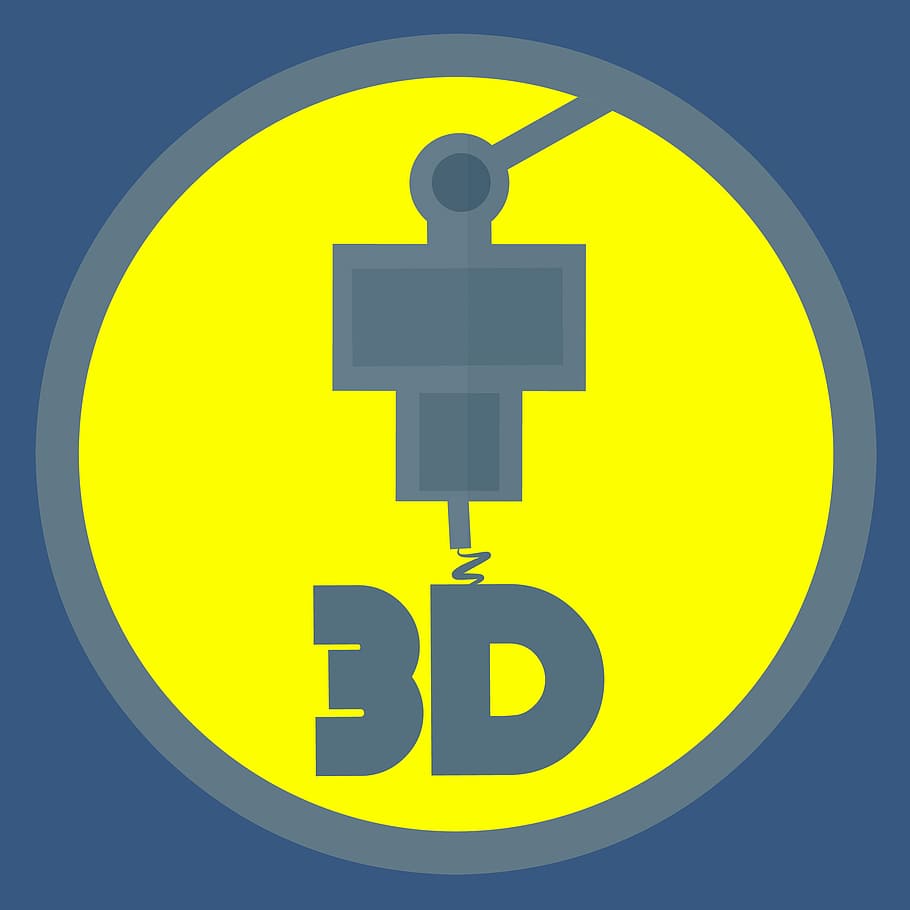
Background
Quick bit about me. I only started flying RC helis during the lockdown, starting with a Blade Nano S2. I did fly fixed wing RC many decades ago (think AM radios) but I’m still very much a novice pilot. I’m unlikely to progress into 3d flying, but I decided to buy an OPM M2 after reading the rave reviews. The mechanical simplicity and build quality impressed me, but I really hankered for a scale heli, especially a Bell JR – I just needed a scale kit for the M2. Not finding one of a suitable size, I decided to build one. The thing is, the material of choice is not the balsa that I used long ago. The M2 is all carbon fibre and aluminium. What to do?
Inspired by several things that I have read on the web about 3d printing, different filament materials, and the appearance of downloadable 3d printed kits (both helis and fixed wing), I decided to give 3d printing a go. In the words of a famous UK motoring journo, how hard can it be? Knock it up on a PC, click a few buttons, send it to the printer and Robert is your mother’s brother. What could possibly go wrong?
Printer choice
The first decision was selecting a 3d printer. I plumped for a Prusa i3 Mk3s. Widely praised in the 3d printing community and press, it seemed a sensible choice given its good sized build volume, heated bed, and great support from both the online community and the company itself. This can be ordered as an assembled printer or as a kit – perfect for those who like to tinker (as if you won’t get enough tinkering after it is built . . .). I ordered my kit at the end of March and received it mid July, such is the demand for these things. I used the time waiting for the printer to get cracking on the CAD work and reading up on 3d printing.
CAD package
I briefly dabbled with FreeCAD, but realised that you can get Fusion 360 for free if it is for non-commercial, personal use. Fusion 360 is reasonably powerful and complex package, but it is well supported with lots of online manuals, tutorials, videos and online forum. In fact, before ordering a printer, I waited until I could at least knock up something basic in a CAD package to see how viable it was (I replicated coolice’s lower landing gear strut as an exercise).
Bell 206 source material
The first issue I faced was trying to source some good drawings for the 206. If anyone has any high resolution drawings, especially with cross sections, please let me know. The best 3 view that I could find was a Bell brochure for the 206 in a pdf. I also found a fairly low resolution drawing of the Kiowa with cross sections that has helped with the geometry somewhat, but that is about it. There are lots of 3d models available on the web that you can buy and download, but most have been set up for graphics use and are quite expensive. I did buy a cheaper one to see if I could use that as a base for a 3d model, but it turned out to be so time consuming trying to sort out the geometry that I gave up (time wasted even worse than the expense of buying it). The issue I found was that if you import an stl or obj file into Fusion to use, it will need to be converted into a quad mesh. Any faces with 3, 5 or more sides can cause issues, and if the model is full of them then it is a painful process to correct it. The result was that I bit the bullet and started setting it up from scratch in Fusion myself, using the drawings that I could find.
Model design
I decided to do a 1:22 scale for the M2. This results in enough space in the fuse for the servos, FC and battery, and nearly the same distance from the main rotor shaft to tail rotor shaft as stock (275mm). The tail rotor comes out at about the correct scale size, and the main rotor slightly less (400 vs about 460mm scale). I also wanted to put the tail rotor on the scale (left) side of the tail boom. This should work by reversing a couple of the power leads and inverting the rotor blade. In terms of weight, I reckon that the M2 has some poke in reserve as I end up flying it around at 70% throttle or so. The intention is to make the fuse structural so that it replaces the existing M2 frame completely, rather than simply wrapping around it. This should also mitigate some of the weight gain, as there are several aluminium parts in the stock frame. I will have to experiment with different filament materials and thicknesses to see what I can get away with. Some of the downloadable kits that I have seen just use standard PLA in preference to anything else.
This article was first featured at https://www.rcgroups.com/forums/showthread.php?3672887-Bell-206-JR-on-OMP-M2&goto=newpost on August 1, 2020 at 08:28PM by g monkey






More Stories
Can this possibly be true? “Metal 3D printing is now possible on any 3D printer…with the right settings and a few minor upgrades like a hardened steel nozzle…” – July 2 2023 at 04:59PM
New NASA Funding Ignites 25 3D Printing Projects in Space Exploration – June 18 2023 at 04:34PM
Nvidia AI produces 3D models from 2D videos 3D printing applications forthcoming? – June 15 2023 at 02:55AM